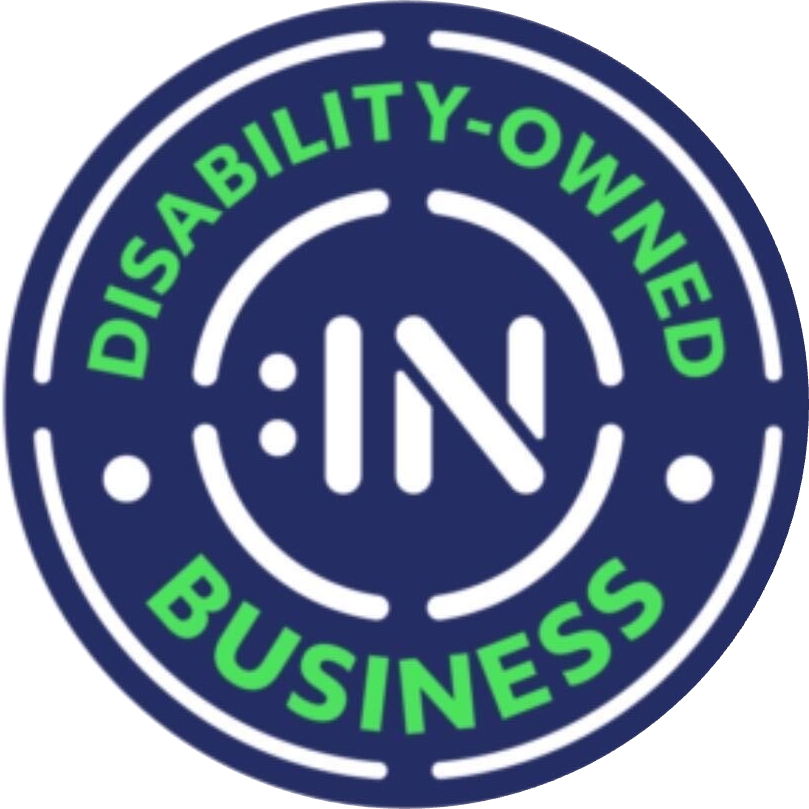In the world of medical insurance claim recovery, medical treatment can be divided into three categories. The first category relates to medical treatment arising from a motor vehicle accident and, for the most part, is governed by the Personal Injury Protection (PIP) or No-Fault laws. The second category involves work place injuries, which are governed by the Workers Compensation (WC) laws and the way they affect WC insurance policies. Relatively speaking, these two categories of claim are fairly straightforward. Often it is apparent from a PIP or WC carrier Explanation of Benefits (EOB) whether a denial or underpayment merits arbitration or litigation. Not so with the third category—Commercial Insurance (CI)—which we regard as the third rail of medical claim recovery. The recovery potential of CI claims is often elusive and unpredictable, and the procedures necessary for recovery are often complex and time-consuming.
CI claims are most often governed by the insurance plan of the patient. Most of the time the patient not only is unfamiliar with the specifics of their plan, but they often do not even have in their possession the details of the plan. They might have some of the policy endorsements but hardly ever will they have available detailed payment terms and conditions for medical provider reimbursement. Moreover, CI carriers usually are not very forthcoming with the plans when requested by the medical provider, even after repeated attempts to obtain the plan. As a result, payments that are relatively low compared to the billed charges are often found to be consistent with the plan after months of effort and resources have been expended to obtain the plan. Whereas the likelihood of recovery for PIP and WC claims often can be readily ascertained from a review of the EOB, Commercial Insurance claims often appear to be gross underpayments but are later found to be precisely what the patient’s plan called for.
In addition, from a procedural point of view, Commercial Insurance claims are far more complex than PIP or WC claims. PIP and WC, for the most part, involve proceedings that are relatively informal, with more relaxed evidentiary rules and procedural requirements. CI claims, on the other hand, are often resolved in federal court, where the proceedings are much more formal. The rules of procedure and evidence are much stricter; the time frames for resolution are much more protracted; and preliminary requirements, such as Assignments of Benefits (AOBs) and provider payment appeals, are given much closer scrutiny. The result is a much more time-consuming process for dispute resolution.
Accordingly, CI is very different from PIP and WC, and seeking recovery without that realization can be a very frustrating and unrewarding exercise. We believe in large measure we have overcome the pitfalls noted above. We have developed a new approach to seeking recovery of these claims, an approach that is mutually beneficial for the medical provider and Callagy Law, and one which imposes no financial risk on our clients. Our approach does not work with all types of providers, but it is one that we believe will prove successful with the types of providers who fit the model.
Contact us. We would be happy to discuss whether your practice is the type of practice that is a good fit for our new approach.
